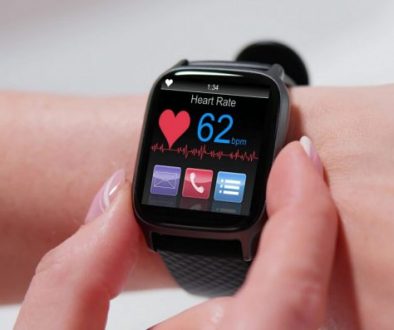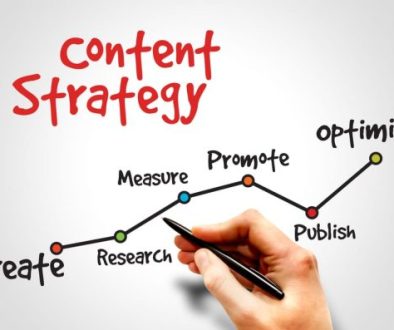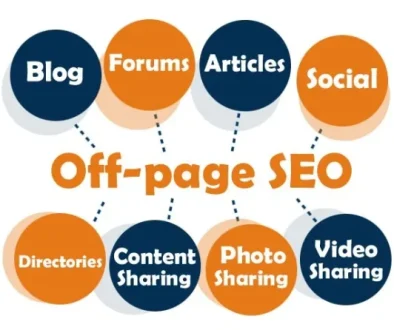How Can A Well-Designed Website Increase Your Conversion Rate?
Your website is often the first impression your business makes on potential customers. It’s your online storefront, and just like a poorly arranged physical store can drive customers away, a poorly designed website can do the same. A well-designed website, on the other hand, can be the key to turning browsers into buyers. You can significantly boost your conversion rates by focusing on elements like user experience (UX), mobile responsiveness, clear calls-to-action (CTAs), site speed, trust signals, and navigation. Here’s how:
1. User Experience (UX): Design for Ease and Enjoyment
User experience is all about how visitors interact with your website. A clean, intuitive design makes it easy for users to find what they’re looking for and complete their actions, whether purchasing a product, signing up for a newsletter, or contacting your business.
Example: Imagine visiting an online store cluttered with too much text, flashing popups, and confusing layouts. You’d likely leave without making a purchase. On the other hand, a website like Apple’s keeps the design minimalist and the navigation intuitive, which creates an enjoyable and stress-free experience.
Practical Tips:
- Use white space strategically to create a clean layout.
- Ensure fonts are easily read and buttons are large enough to click effortlessly.
- Use professional images to ensure the design is visually appealing without overwhelming visitors.
- Remember, if your visitors feel relaxed and confident as they browse, they are more likely to convert.
2. Mobile Responsiveness is Non-Negotiable
With over half of web traffic coming from mobile devices, a mobile-friendly website is no longer a luxury but a necessity. A site that isn’t optimized for mobile will frustrate users with slow load times, hard-to-read text, and clunky navigation. These frustrations lead to abandoned visits and fewer conversions.
Example: A mobile-responsive website ensures that someone shopping for shoes on their phone gets the same seamless experience as someone shopping on their desktop. Amazon’s mobile site is a prime example, offering effortless browsing, product selection, and checkout.
Practical Tips:
- Use responsive design, which automatically adjusts your website based on the device’s screen size.
- Test your website on multiple devices to ensure functionality and design remain consistent.
- Simplify navigation and compress images to improve mobile load times.
3. Clear Calls-to-Action (CTAs): Guide Your Visitors
A call-to-action is like a signpost telling visitors what to do next. Without clear CTAs, visitors may leave your page confused about how to proceed. Effective CTAs are attention-grabbing, concise, and strategically placed.

Example: “Sign up now,” “Get your free demo,” or “Add to cart” prompts catch the user’s eye and motivate them to act. Netflix, for instance, uses a simple CTA on its homepage with the phrase “Try 30 Days Free” paired with a bright button. It’s hard to miss!
Practical Tips:
- Keep your CTA buttons bold and in contrasting colors that stand out from the background.
- Use action verbs like “Start,” “Get,” or “Join.”
- Place CTAs above the fold and repeat them throughout the page, especially on longer pages.
- By simplifying decision-making, clear CTAs remove barriers to conversion.
4. Speed Wins Every Time
Website speed plays a vital role in keeping users engaged. Research shows that 40% of visitors will leave a website if it takes longer than three seconds to load. A slow website creates frustration, while a fast loading one keeps users browsing.
Example: Fast-loading pages are a hallmark of businesses that prioritize efficiency. Google emphasizes the value of speed by ranking faster websites higher in search results, further increasing both visibility and conversions.
Practical Tips:
- Optimize images to reduce file sizes without sacrificing quality.
- Use a content delivery network (CDN) to serve your website faster, especially for international audiences.
- Minimize the use of unnecessary plugins and scripts that slow down your site’s performance.
- Speed isn’t just about making your site look good; it’s about making visitors stay long enough to convert.
5. Trust Signals Build Confidence
People buy from companies they trust. Your website should communicate credibility and professionalism from the second someone lands on it. Trust signals, such as testimonials, reviews, certifications, and secure payment icons, reassure visitors that they’re in safe hands.
Example: Think about e-commerce sites like Etsy. They prominently display reviews, seller ratings, and secure checkout badges, building buyer confidence before making any purchase.
Practical Tips:
- Add testimonials or case studies to show real-life examples of your product or service’s value.
- Display security badges, especially on checkout pages, to indicate that customer data is safe.
- Use high-quality images and professional design to make your website appear reliable and authoritative.
- Trust is the foundation of conversions. Don’t leave room for doubt.
6. Easy Navigation Reduces Friction

Think of navigation as the roadmap to your website. Visitors will get lost and leave if it’s confusing or overly complicated. Great navigation ensures users can quickly find their way to the information or products they seek.
Example: Websites like IKEA use clear menu categories to guide searchers based on their specific needs, such as furniture for bedrooms or living rooms. Users can quickly scan, click, and explore without frustration.
Practical Tips:
- Use a simple top menu with clearly labeled categories.
- Make sure the search bar is functional and easy to find.
- Include breadcrumb navigation to help users backtrack easily.
- A well-organized layout keeps users engaged and makes it easy for them to complete their goals.




